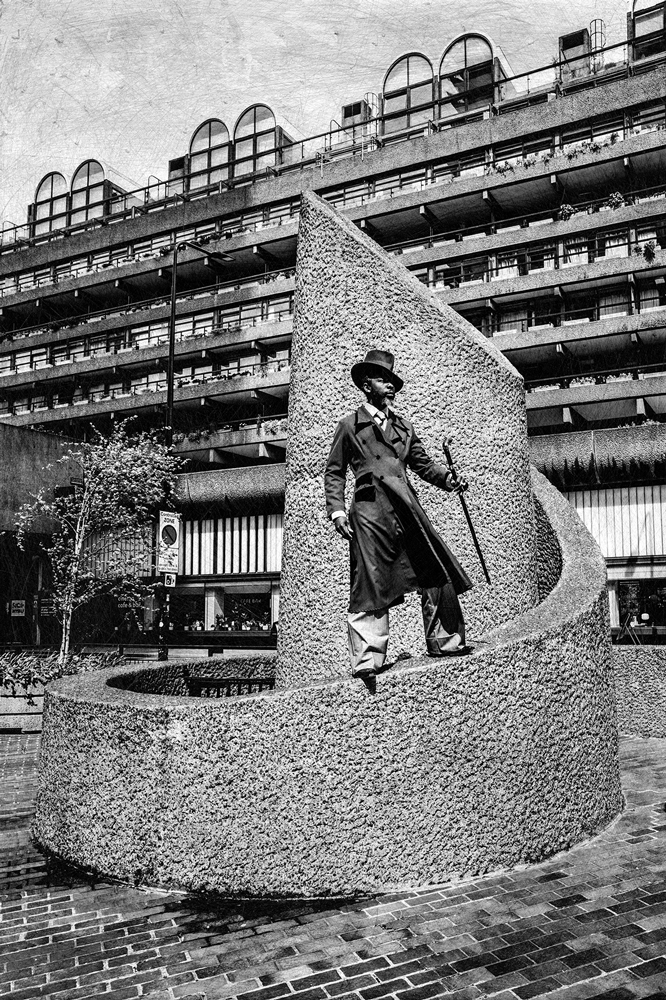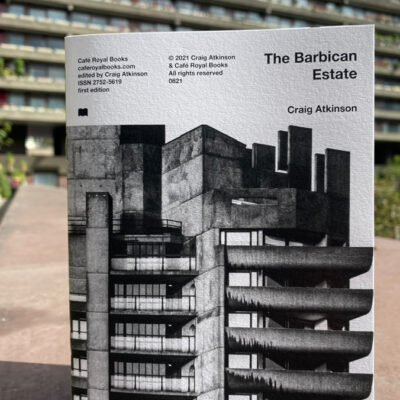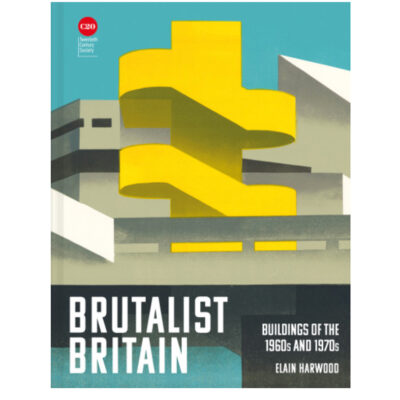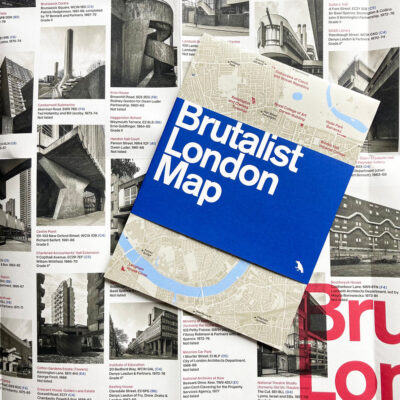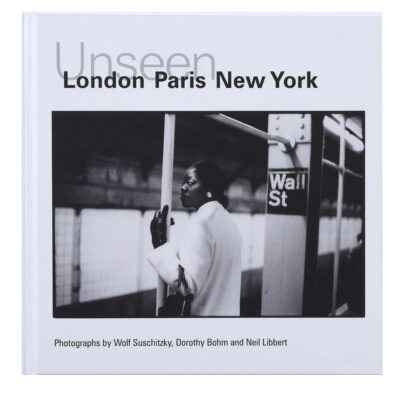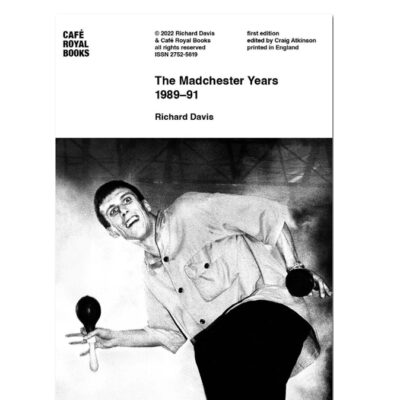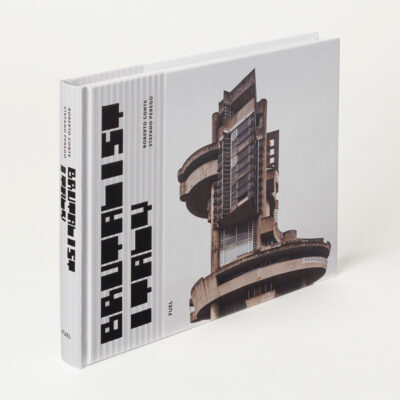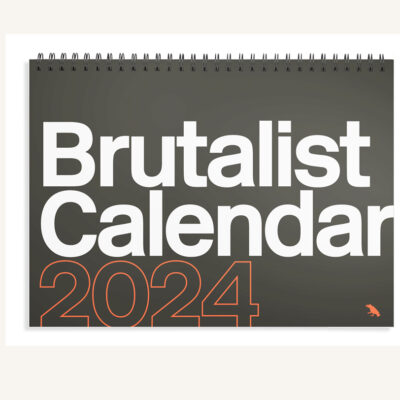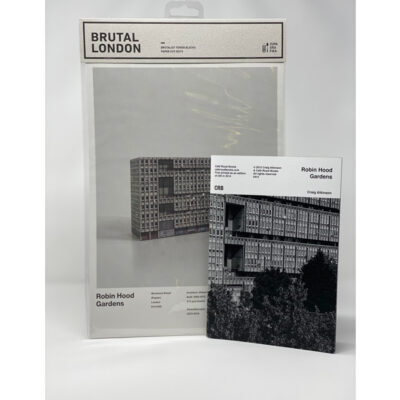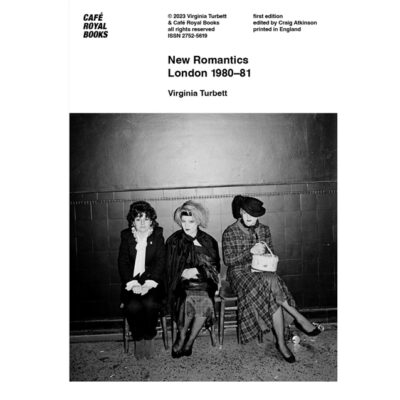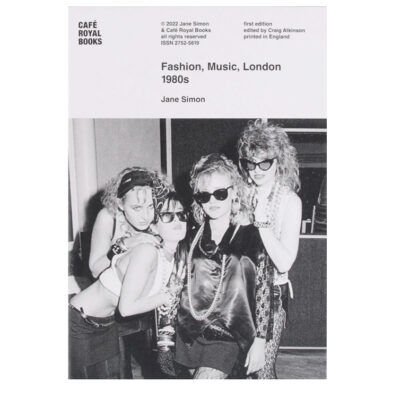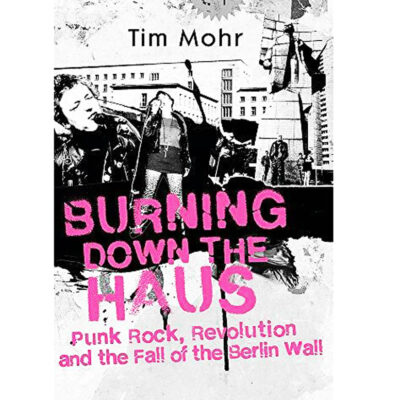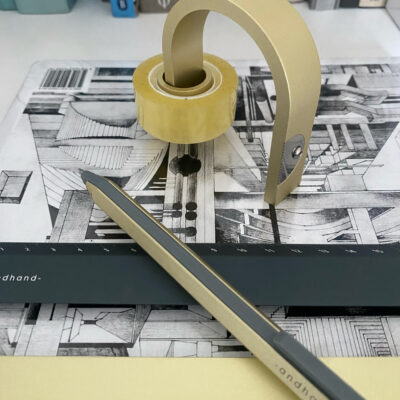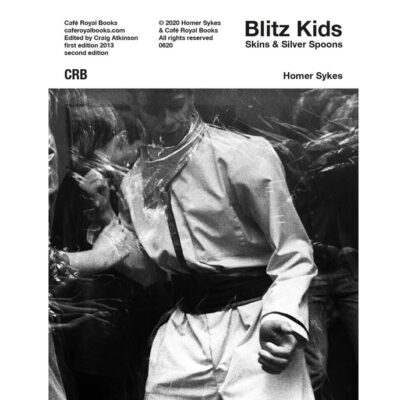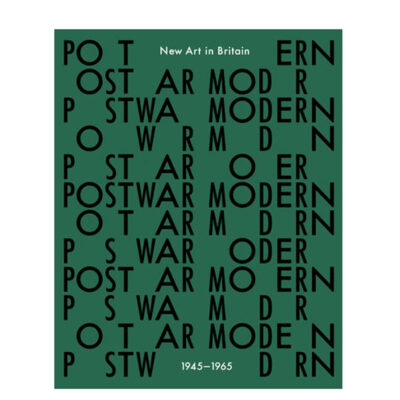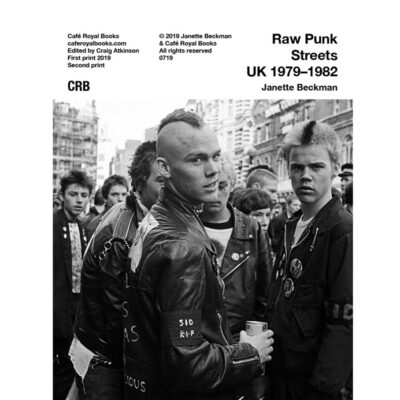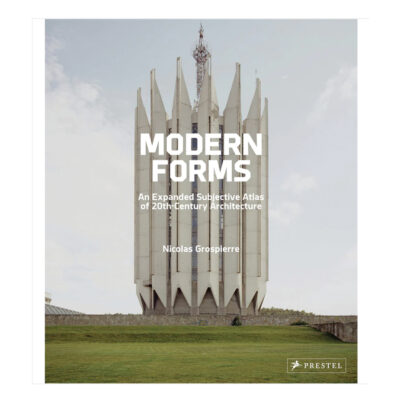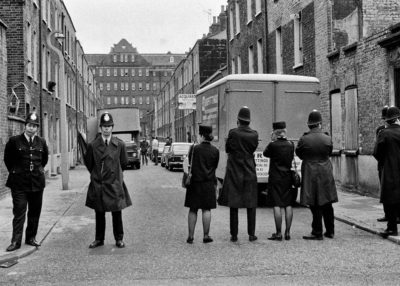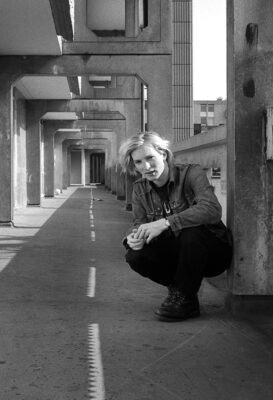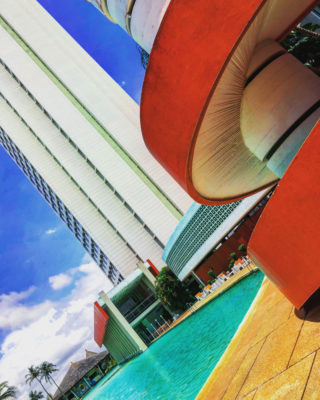Lea Lund and Erik K
‘a story about love, a photographer finding her muse and a subject claiming his identity’
Barbican, London
Savour the first time you encounter Lea Lund’s photos of her husband Erik K. It could be in Arles or Photo London, or in their home city of Lausanne or even Berlin. They are self-proclaimed ‘photographic nomads’. You’re being encouraged to step inside their world. It’s a place where Lea photographs Erik in his highly original clothing (which he designs and makes) against an, often brutalist, invariably modernist backdrop. The fusion of fashion and the built environment multiplies the striking effect of both. It’s hard to decide: Are these fashion shoots or architectural photography? Perhaps one of the clues lies with Lea, who comes from a family of architects so there is a feeling of her acknowledging and paying respect to her roots. There is a strong sense that their creations have a political dimension. Erik’s challenging journey from what was then Zaire and is now the Democratic Republic of Congo is one of the driving forces of their collaboration.
Greyscape had the opportunity to interview them recently
Erik, the photographs all feature you. Are you the subject, the object, are you the art? Or is it the combination of you and the location?
Erik: I think that it’s all in one. I can be the subject, the object, the dream, the art…
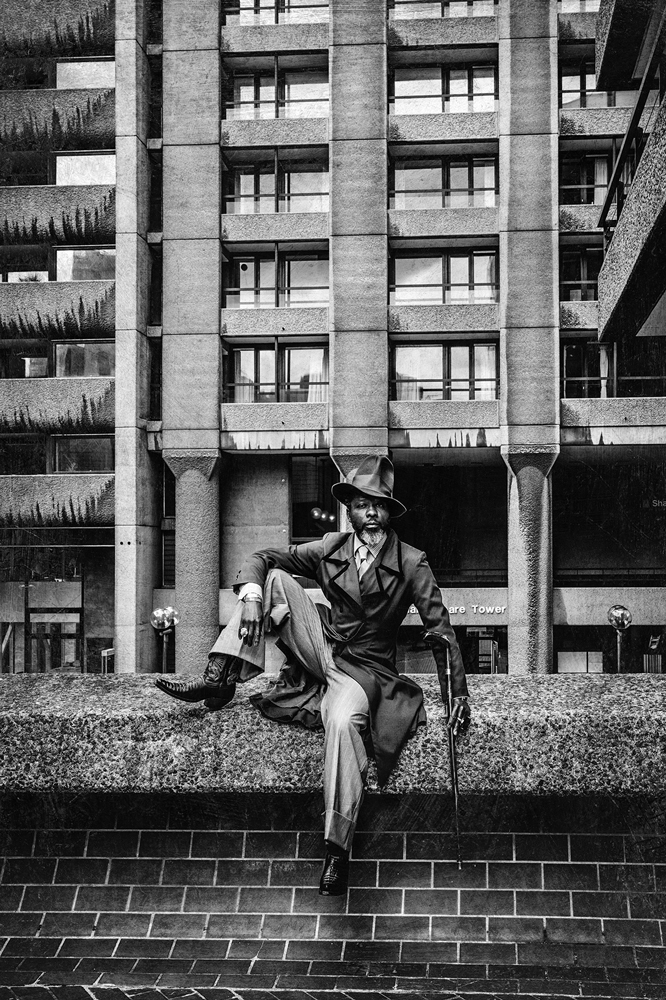
Barbican
How do you choose the locations?
Lea: There are no rules. Sometimes we make a trip only because we want to discover a place, it was the case for our trip to England, but often the choice of place is linked to an exhibition that we make, and we take the opportunity to make a photographic trip in the city or region where it takes place. Like when we met you in London, we were there because we were exhibiting at Photo London. We are also quite often invited by collectors.
Erik : It’s a mix of accidental moments ‘le hasard’ (chance) and the plan or the idea we have.
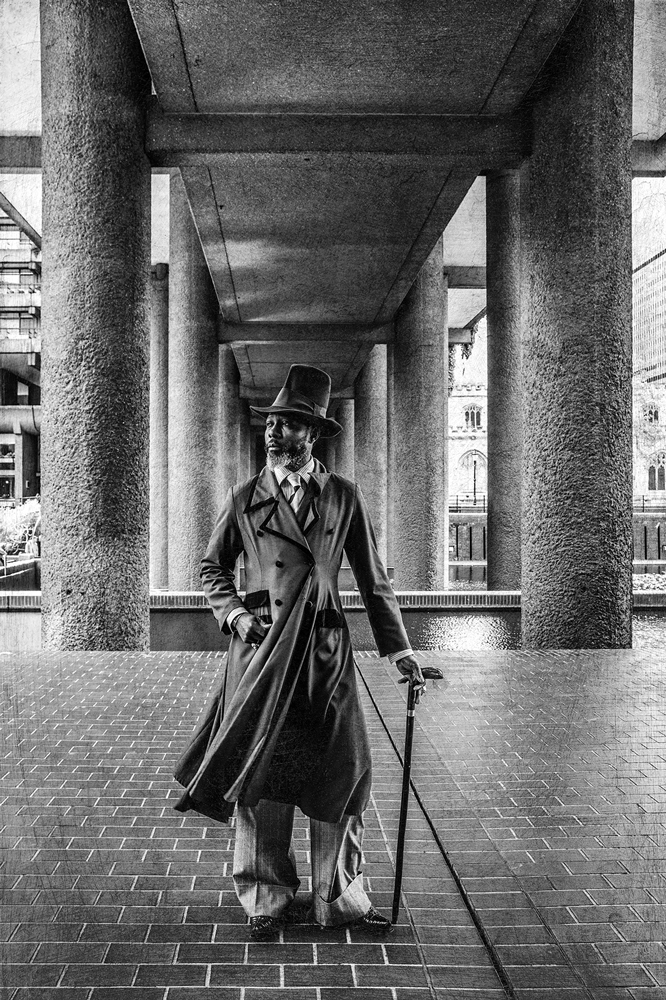
In shooting the photographs, Lea, do you and Erik decide together or is it one of the other whose decision makes the final cut?
Lea: We make all the decisions together, except for the choice of photographs. I do it, otherwise, it would be unbearable…
Erik : We do everything together. But Lea is the photographer.
Are you married and what came first the collaboration or the romance ?
Lea & Erik: We’ve been married since September 2015. Collaboration and romance are born at the same time; the two are inseparable. Our photographic work is a kind of diary.
Are there consistent themes or messages in your work? What do you want the viewers to take from the photograph?
Lea: We don’t have a particular message; we have two main axes: travel photographs and studio photographs. We try to make each photograph a special experience, a world in itself. Whether each image has something special, it may be simply visual, friends also sometimes a touch of humour, political or social message, it depends on the context.
Erik : Oh yes, there are a lot of messages. Each viewer has to catch his message.
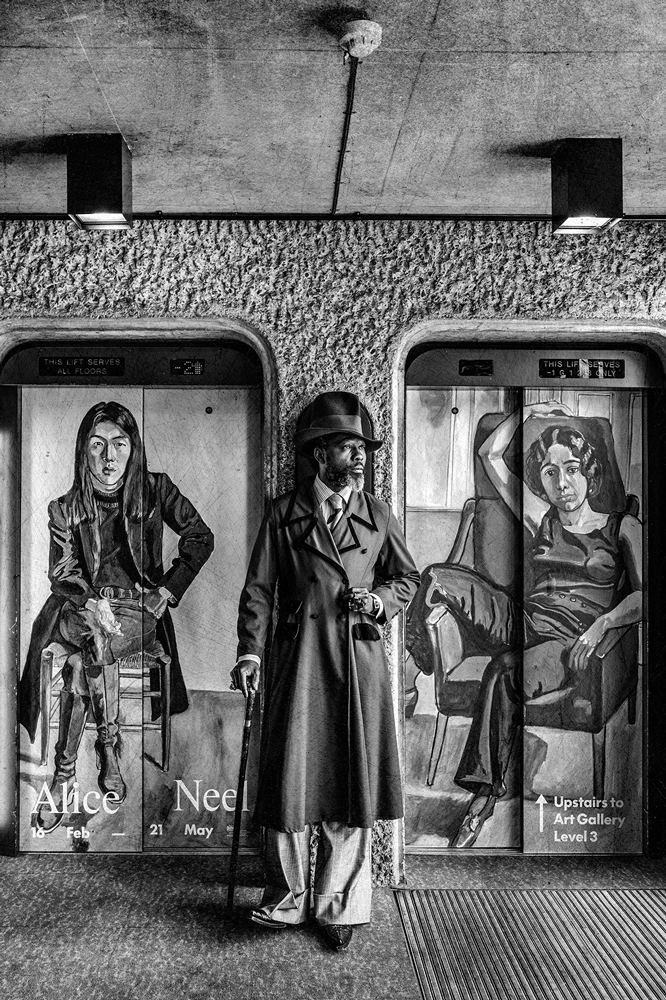
‘Erik is not the subject but the witness, the immutable landmark’
When we met, you spoke about the profound impact of displacement; how has this impacted on your images?
Lea: Our life is entirely linked to nomadism because we live in three different places, have family in a fourth and travel more for our exhibitions and our photographs. Our photographs affected our lives rather than the other way around because we were always looking for new sets for our images. Erik is not the subject but the witness, the immutable landmark, the common thread of our work.
Erik : It’s a chance to move, much like we do. Because we do not have time to become annoyed. We are always searching new ideas and destinations.
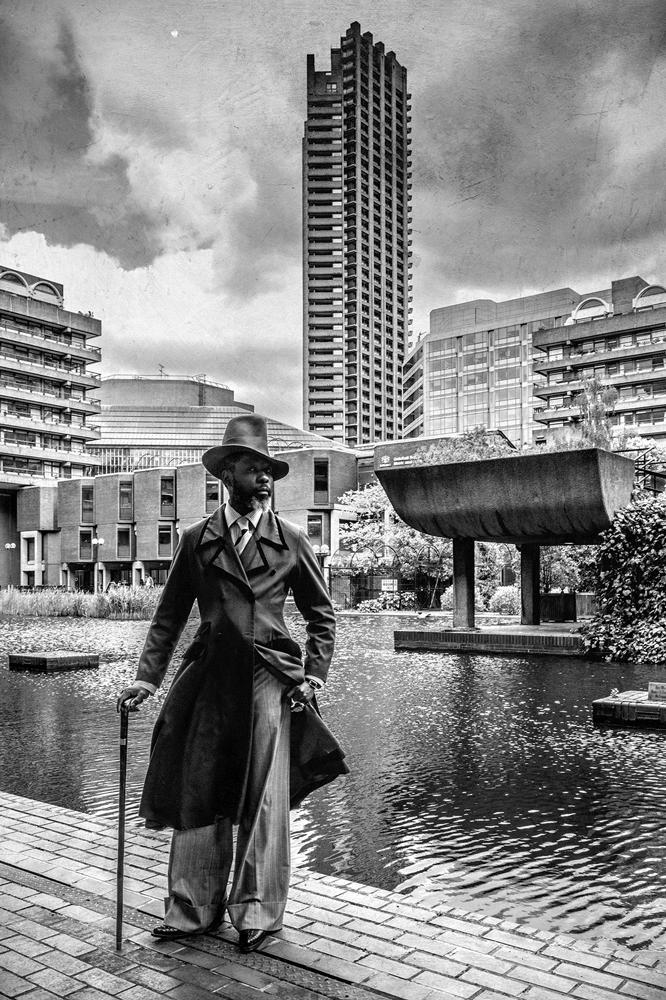
Barbican London
Erik, you have spoken about the changes wrought by the Dictator Joseph Désiré Motutu and his demands about his citizens should wear. Can you explain more about that and how that affects your style and philosophy? Did your striking sartorial style, pre-date your art or have you been developing it for your work?
Erik : I started buying clothes when I was 12. I have always loved ties, and I couldn’t understand why it was prohibited to wear them. This situation forced me to find ways to remain elegant without using a tie. My father was a doctor and he was always elegant. For sure, he influenced me. I learnt very early that there is always a solution when there is a problem. When I met Lea, I was already a kind of dandy. I prefer « elegant man » to « dandy ».
Does political activism cross over into your artistic endeavours?
Lea: If there are political messages in our photographs, they are suggested. Understand who can or read between the lines…
Erik : I don’t think so. But for sure, our artistic endeavours are political. Especially now that Africa is waking up.
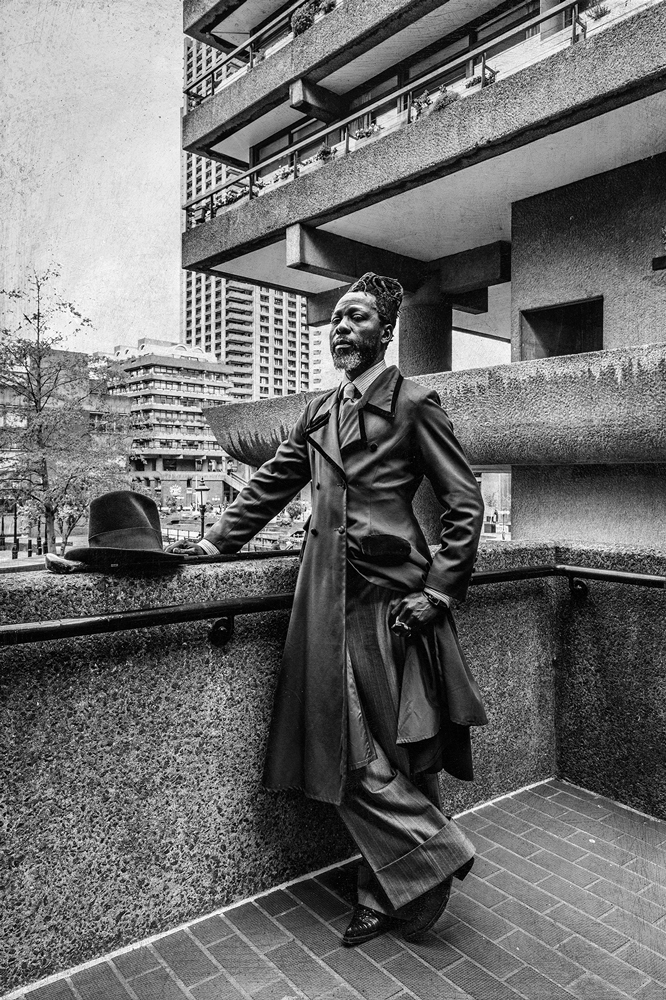
‘reality or virtuality’
How would you describe your style of dress?
Erik : Freedom, well-being, artistic performance.
Would you be comfortable described as digital nomads? Is home still Switzerland and France? And, are you still travelling extensively?
Lea: Not really… Photographic nomads would suit us better. The film-digital debate is of little interest; nowadays, it is rather the question of reality or virtuality that arises with force. Maybe true nomads or non-virtual nomads…
Erik : I am an eternal nomad. And I love this uncomfortable situation. I don’t feel or live ‘digital’, I feel and live a real life exactly the way it was before the digital age. We still live between Switzerland and France and travel as usual.
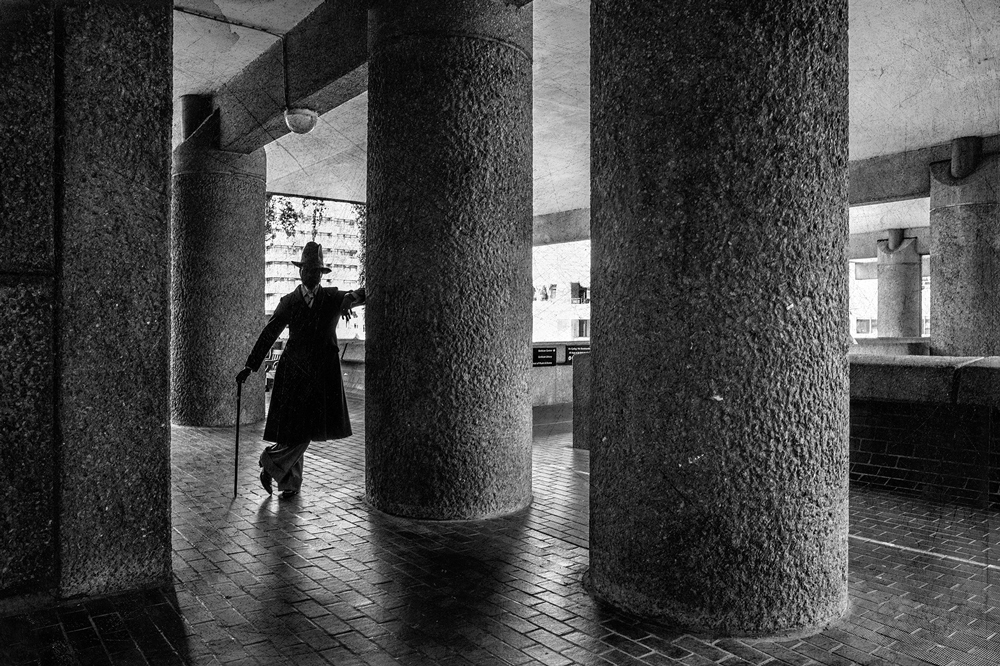
Barbican
Lea you’ve mentioned that many members of your family are architects; how has this impacted on your work?
My father, mother, brother and uncle are architects. Since my childhood, I have been encouraged to observe buildings, especially with my father. For me, buildings are like huge sculptures in which, or around which, I can move. I move my field of vision to make a photograph. We had that wonderful experience during our walk with you in the Barbican!
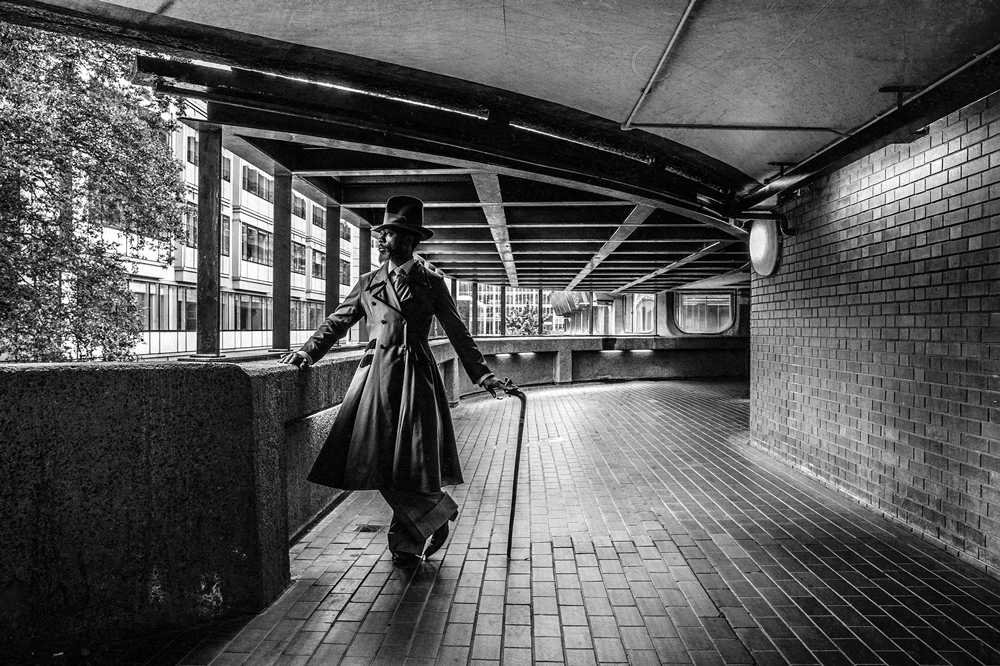
Barbican
‘creativity, creativity …’
What are your plans for the future?
Lea: Nothing specific. Just keep going. Our photographs are our life. My slogan? I have an appointment with chance! We will make a photographic trip in the autumn. We will, of course, have some ideas, but we do not yet know the precise dates or the destination.
Erik : Continuing what we are doing. Creativity, creativity…
What other media have you worked in? And what other would you like to work in?
Lea: I have done a lot of drawing and a little painting and sculpture. I also create paper objects to use in our shots. Erik does engraving. He works on our photographs, but not only; he also makes engravings as a solo project.
Do you ever turn the cameras on each other?
Lea & Erik: For souvenir photos, yes.
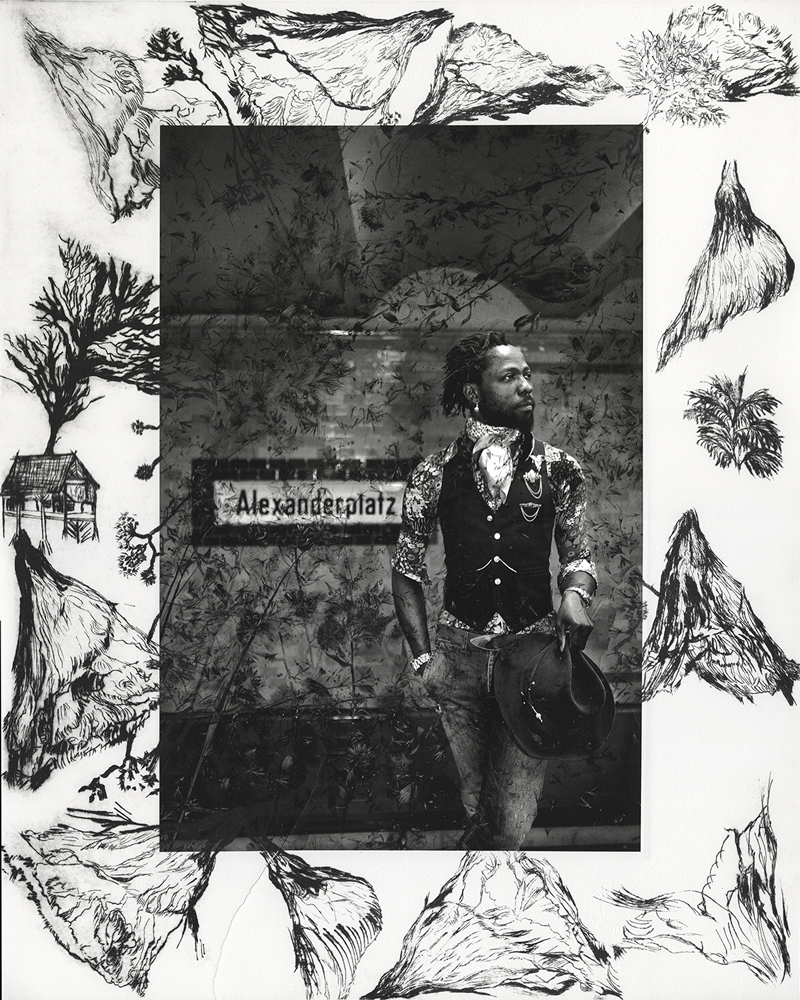
Engraving Alexanderplatz
There is the inevitable question – can you send us your bios, here are Lea’s and Erik’s in their own words which sheds even more light on their philosophy
Lea Lund
Erik and I are a couple of artists, married. Married for and in life, creation and travel. I will use Lea Lund’s «I» for the «We» of our artistic adventure, born on July 28, 2011 and destined, if life allows us, to stop only when we’ll disappear.
We met by chance in the streets of Lausanne. I was then fifty, and he forty. It was 11 pm, I noticed this elegant and unusual man. I walked up to him and said, “It’s fun to meet a man like you on the streets of this little town…”. He said, “I’m going to a wedding, do you want to come with me?” I agreed, we talked all night, and never left each other again.
Graduate of the fine arts of Lausanne, I had behind me a long career as a visual artist, designer, illustrator, photographer and graphic designer. He came from Zaïre at the age of 28 after many wanderings, and was then a watch salesman. We were both recently divorced, it was a “collision” rather than a meeting… The next day, I offered to shoot his portrait. He accepted and I was challenged by what he had released in these first photographs; a mixture of melancholy and detachment, an appearance of eternal stranger to the world.
Very quickly, we made exhibitions, and continued to make photographs every day. Our life became a life of three; Erik, me, and the camera. A life of nomads in search of places, buildings, architectures – I had father, mother, brother and uncle architects – or landscapes.
Our work consists mainly of two series; the series Nomades, photographs of travels, and the series Studio, photographs indoors, where the real decors give way to our imaginary. Over the years, an invisible link has been woven between our photographs, the discourse has been created by itself, and our work has taken its meaning in an autonomous way.
I do not define myself as a photographer; our life is an artistic performance whose photography is the media. An infinite Vanity, a tireless search for places, a quest for meaning to the absurdity of our existences. But our work would be impossible if it were not also a love story, a love that is intended to be absolute and ambitious of eternity.
We are outsiders in the world of photography. We exhibit a lot; in France, Belgium, Germany, Dakar, but have no official gallery. It is now almost ten years that we travel the roads of Europe and sometimes the world, our vehicle full of clothes, and photographic equipment. Small hotels in unlikely rbnb dwellings, spending our days wandering around in unknown cities and their suburbs, tracking places, atypical, magnificent, ugly or strange, and also running after such or such light, mist or cloud…
Our life is full of wonder and enchantment when we succeed in a cliché, but also of pain and frustration when, after running behind a cloud for hours, we miss the last ray of light of the day. We try to take a month-a-year trip to a country or a region to really dive into their deep identity, their essence.
I quickly began to intervene on our photographs with mixed techniques; engraving, drawing, scratched papers, hatched, in order to give them a signature related to my first activity; drawing. Erik had never drawn in his life. Seeing me doing it, he asked me to teach him the basics. He then began to engrave at dry point, and to print his engravings on our photographic prints.
Lea Lund, Paris, January 2021
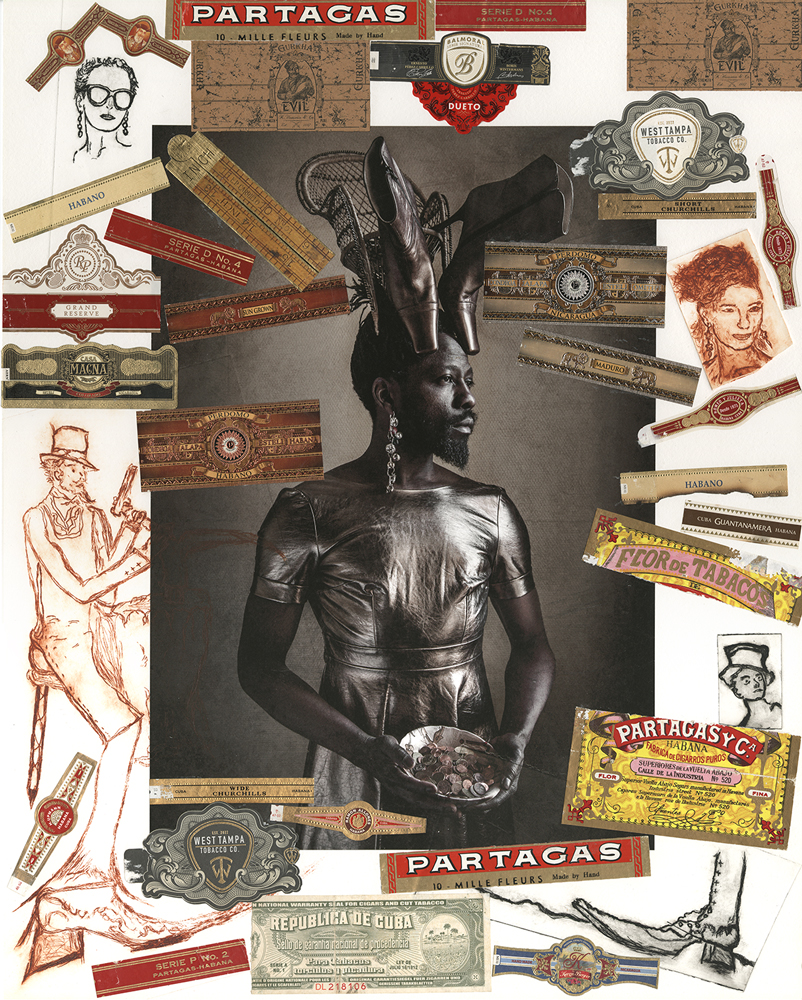
Engraving and Collage Lea Lund and Erik K
Erik
Originally from the eastern Kasai, the diamond region, I come from the Luba tribe. Before colonisation, my great-grandfather was one of the last kings of the Lubas, in the Mpiana tribe. The rest of the story up to my birth is long and complicated…
I was born in Lubumbashi, in Katanga, the richest region of Zaire, thanks to its copper mines, on February 12, 1970. I say “Zaire” because when I left my home country in 1995, it was still called that. Now this country is the Democratic Republic of Congo.
My first memories… I am in Kinshasa, the capital city. Daycare and primary school are in a neighbourhood called Lemba. It’s a student district at the University of Kinshasa, where my father is a medical student. The most striking thing was the absence of my mother, whom I did not know. Without anyone telling me, I understood that she was not with me.
As a child, I was often displaced and uprooted because I followed my father wherever he was transferred as a doctor: Kisangani, Bunia, Aru – which is on the border of Uganda – Watshia, Isiro, etc…
Aru marked me because of the war in Uganda between Idi Amin Dada, Milton Obote and Yoweri Museveni. My father took care of the war refugees who fled the fighting every night.
I studied math and physics and then went to law school for three years. I had two dreams; to make politics to help and develop Zaire and all Africa, and to become a lawyer to defend the oppressed.
During the school holidays I worked for my father, who also did business. He made a good living. With my first salary, I went to the Aru market where I bought my first clothes. I will never forget that moment. Without knowing it, I discovered my first passion: clothing, elegance, the love of materials and work well done and the importance of clothing details.
It was the beginning of my style, which continues to evolve over time. Today, I like to hunt and customise my clothes. I also work with touch-ups. I couldn’t find the hat I liked, so I created my own hat, the Erik K hat.
I am often considered as a dandy, that does not bother me, but I prefer to speak of elegance, quite simply.
Having become accustomed to spending my money at the market to buy clothes, I of course also bought ties, even though it was forbidden to wear them. This is one of the reasons why I became interested in the history of the colonisation of my country by Belgium.
Five years after decolonisation, which took place in 1960, Joseph Désiré Mobutu made a coup d’état against Joseph Kasa-Vubu and became the great dictator that we know. In 1971, he gave the name of Zaire to the country, the river and the currency; it is the year of the three Z, of the zairianisation. He changed the first name of the entire population by creating the “Post-name”. He banned women from wearing pants, and men from wearing ties and suits, and forced all men to wear a Mao collar jacket, the famous “abacost”, which means “à bas le costume”.
After my father died in 1995, I left Zaire for Cabinda, then Luanda, Angola. I lived there for three years, during the war between Eduardo Dos Santos and Jonas Savimbi, which traumatised me. In 1998, I managed to leave for Europe. I arrived in Switzerland, where I worked as a diver, then as a salesman in ready-to-wear and watchmaking.
In 2011, I met Lea. After a few months, I resigned from my job to devote myself to our life of creation and travel. My encounter with engraving, which I discovered thanks to Lea, became a passion. It’s a kind of psychotherapy for me, I can immerse myself in my inner world. I make engravings for myself, and I also enhance our photographs by passing them in press.
Erik K, Paris, January 2021
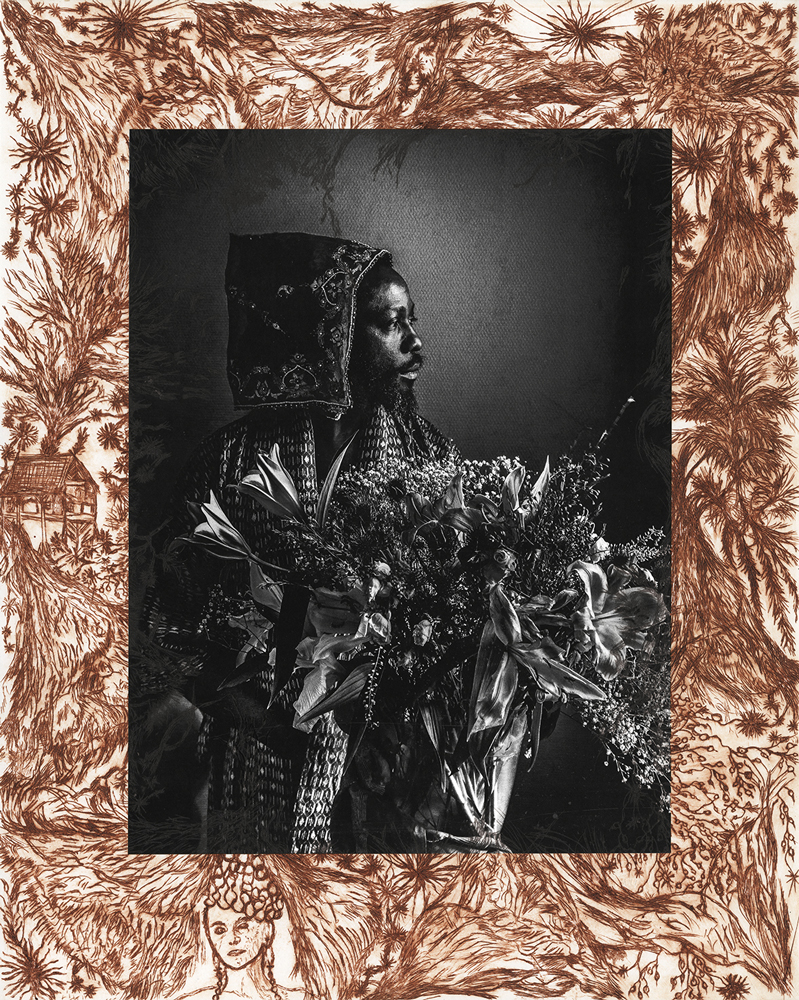
Engraving Erik




